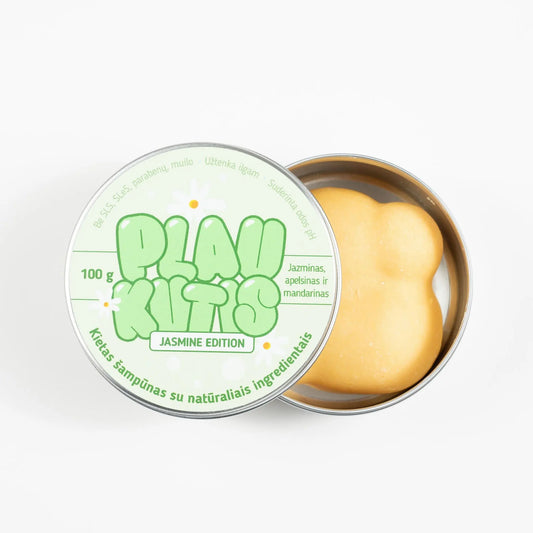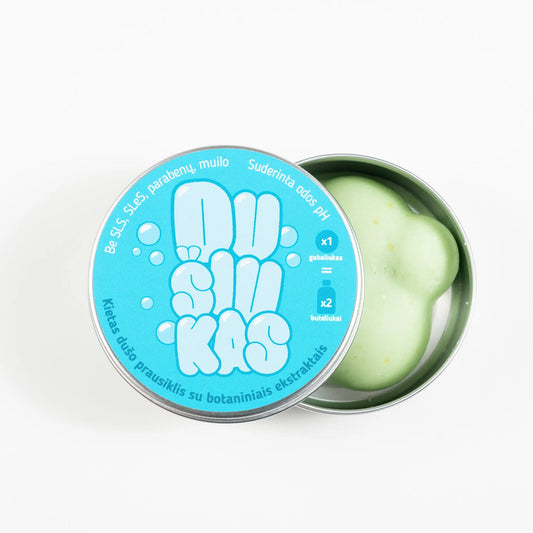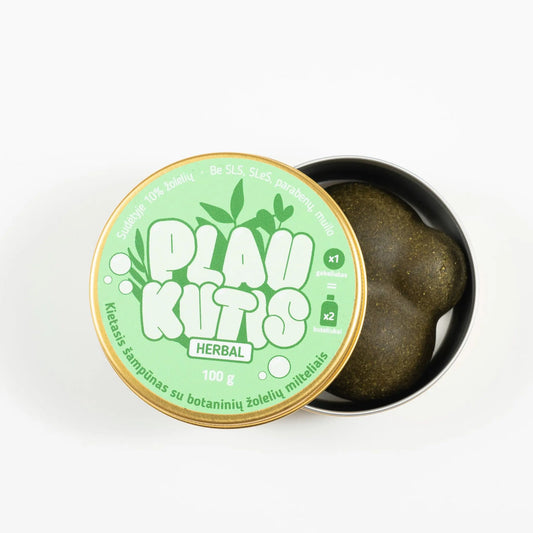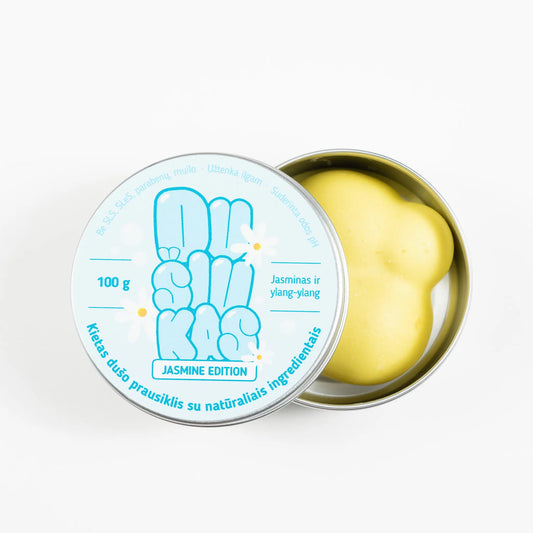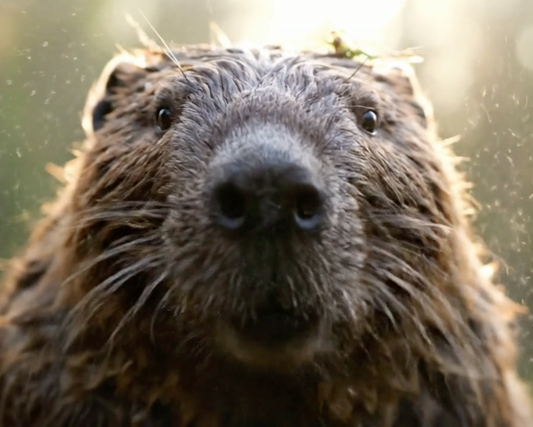Hair care is important for everyone, no matter what type or style of hair you have. We all want it to look and feel its best. A good hair day can boost your confidence and help you feel ready to take on the world. But how do you ensure your hair stays healthy and strong? It all starts with the right shampoo and conditioner. But these treatments involve more than just lathering and rinsing.
Hair care has evolved dramatically over the centuries, from simple cleansing rituals to meticulous processes using specially formulated products. Shampoo and conditioner not only cleanse your hair, but also help maintain its health, shine, and texture. In this article, we’ll take a closer look at the history, benefits, and best practices of washing and conditioning, as well as some interesting myths and helpful tips.
A brief history of hair care
People have always cared about their hair. Ancient civilizations used natural ingredients like clay, oils, and herbs to cleanse the scalp and hair. For example, in ancient Egypt, people used a mixture of water and citrus juice to wash their hair, while in India, herbs like shikakai and amla were popular.
Shampoo as we know it today originated in India. The word "shampoo" comes from the Hindi word "chāmpo", which means massage. The practice of using herbs and oils to cleanse hair came to Europe in the 18th century. Modern shampoo did not appear until the early 20th century, when soap was replaced by synthetic detergents.
Conditioning became popular later. In the 20th century, people began using oils and creams to control frizz and add shine to their hair. Today, shampoo and conditioner are essential parts of hair care routines around the world. They not only cleanse, but also nourish and protect the hair.
Why is it important to use shampoo?
Shampoo is more than just a means to wash away dirt. The scalp naturally produces oil (sebum) that moisturizes the hair. However, too much oil can make hair feel heavy and greasy. Shampoo helps cleanse the scalp and hair by removing excess oil, dirt, sweat and product residue. This leaves hair feeling clean and refreshed.
- Promotes scalp health : A clean scalp is essential for healthy hair growth. Regular shampooing prevents the buildup of excess oil and product residue, which can clog hair follicles and cause problems like dandruff or even hair loss.
- Removes product residue : Styling products, serums, and oils can build up on your scalp and hair over time. This can make your hair look dull and lifeless. Shampoo helps remove this residue, allowing your hair to "breathe."
- Prepares hair for conditioning : Shampoo opens the hair cuticles, allowing conditioner to penetrate and nourish the hair more easily.
However, using shampoo too often can strip your hair of its natural oils, making it dry and frizzy. It's important to find the right balance and choose a shampoo that suits your hair type.
The role of the conditioner
While shampoo cleanses your hair, conditioner helps moisturize and protect it. Each strand of hair has a protective outer layer called the cuticle. When the cuticle is smooth, hair looks shiny and feels soft. However, factors like heat, weather, and chemical treatments can damage the cuticle, making hair look dull and rough.
Conditioner helps:
- Moisturize : Adds moisture, especially to dry or damaged hair. This makes hair soft and smooth.
- Smooth the cuticle : Conditioner closes the cuticle, making hair easier to comb and style. It also reduces frizz and adds shine.
- Protect : Creates a barrier that protects hair from environmental damage and styling heat.
Choosing the right conditioner for your hair type can make a huge difference in the condition of your hair. For example, lightweight conditioners are great for fine hair, while richer, deep-conditioning products work wonders for thick or curly hair.
Proper washing and conditioning routine
The frequency of washing and conditioning depends on many factors, including hair type, lifestyle, and personal needs. Here are some general guidelines for finding the right balance:
-
Determine your hair type :
- Oily hair : Shampoo every other day to remove excess oil. Choose a light conditioner, focusing on the ends.
- Dry or curly hair : Shampoo only 1-2 times a week. Choose a moisturizing shampoo and use a deep conditioner regularly.
- Normal hair : Shampoo 2-3 times a week with a gentle formula. Use conditioner each time, focusing on the mid-lengths and ends.
-
How to shampoo properly :
- Wet your hair thoroughly with warm water to open the cuticles.
- Apply a small amount of shampoo (about the size of a quarter) to the palm of your hand.
- Massage the shampoo into your scalp using your fingertips in circular motions.
- Rinse thoroughly, making sure all the shampoo is rinsed out.
-
Steps for using conditioner :
- Squeeze excess water from your hair after shampooing.
- Apply conditioner from mid-lengths to ends of hair. Avoid the scalp to avoid weighing down the roots.
- Leave the conditioner in for 2-3 minutes to allow it to absorb into your hair.
- Rinse with cold water to close the cuticles and lock in moisture.
Myth busting and interesting facts
-
Myth: Shampoo should be used every day .
- Truth : Washing your hair too often can strip it of its natural oils, making it dry. Most hair types don't need to be washed daily.
-
Myth: Conditioner is only for dry hair .
- Truth : Conditioning is beneficial for all hair types. Even oily hair needs moisture; just apply conditioner only to the ends.
-
Myth: Washing with cold water makes hair shiny .
- Truth : While cold water can help close the cuticles, it's not the only way to add shine to your hair. Proper conditioning and gentle care are more important.
-
Myth: Changing shampoos frequently is good for your hair .
- Truth : If your shampoo is right for your hair type, there’s no need to change it. However, using a clarifying shampoo occasionally can help remove product residue.
- Interesting fact : The first commercial shampoo was created in Germany in 1898. Until then, people used soap or natural powder to wash their hair.
Practical tips for washing and conditioning
- Choose the right products : Choose a shampoo and conditioner tailored to your hair type and concerns, whether it's frizz control, color protection, or volume.
- Don't use too much product : A small amount of shampoo is enough to cleanse the scalp and hair. Too much can cause buildup and weigh down the hair.
- Use a wide-toothed comb : After using conditioner, gently comb your hair to reduce breakage and help distribute the product evenly.
- Deep condition once a week : Give your hair a deep conditioning treatment once a week, especially if it's dry, damaged, or color-treated. This provides extra moisture.
- Rinse thoroughly : Make sure all shampoo and conditioner are rinsed out thoroughly. Residue can weigh down your hair and make it look greasy.
Frequently asked questions about washing and conditioning
-
How often should I shampoo my hair?
- It depends on your hair type. Oily hair may require washing every other day, while dry or curly hair may only require washing 1-2 times a week.
-
Can I use conditioner without shampoo?
- Yes! Conditioning washes (using conditioner only) can be beneficial for dry or curly hair. They provide moisture without stripping natural oils.
-
Can I skip the conditioner?
- It's okay to skip conditioner occasionally, but regular use helps keep hair moisturized, smooth, and manageable.
-
How to avoid frizz after washing?
- Use a sulfate-free shampoo and moisturizing conditioner. Rinse with cold water and avoid rubbing your hair with a towel. Instead, gently pat dry with a microfiber towel or cotton t-shirt.
-
Should I change my shampoo and conditioner depending on the season?
- Your hair's needs may change with the seasons. For example, you may need a hydrating conditioner in the winter. Listen to your hair and adjust your products as needed.
Conclusion
Washing and conditioning your hair are not just simple care steps, but essential parts of maintaining healthy, shiny hair. By understanding the role of these products and following the right routine for your hair type, you can achieve strong, shiny hair.
Remember, the key is to find a balance that works for you. Whether you wash your hair daily or once a week, use conditioner regularly to keep it moisturized and protected. Don't forget to experiment with deep conditioning treatments for extra nourishment.
